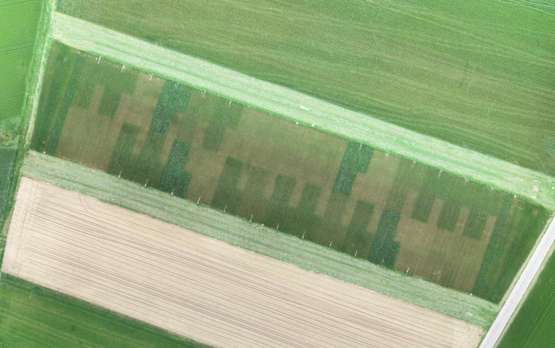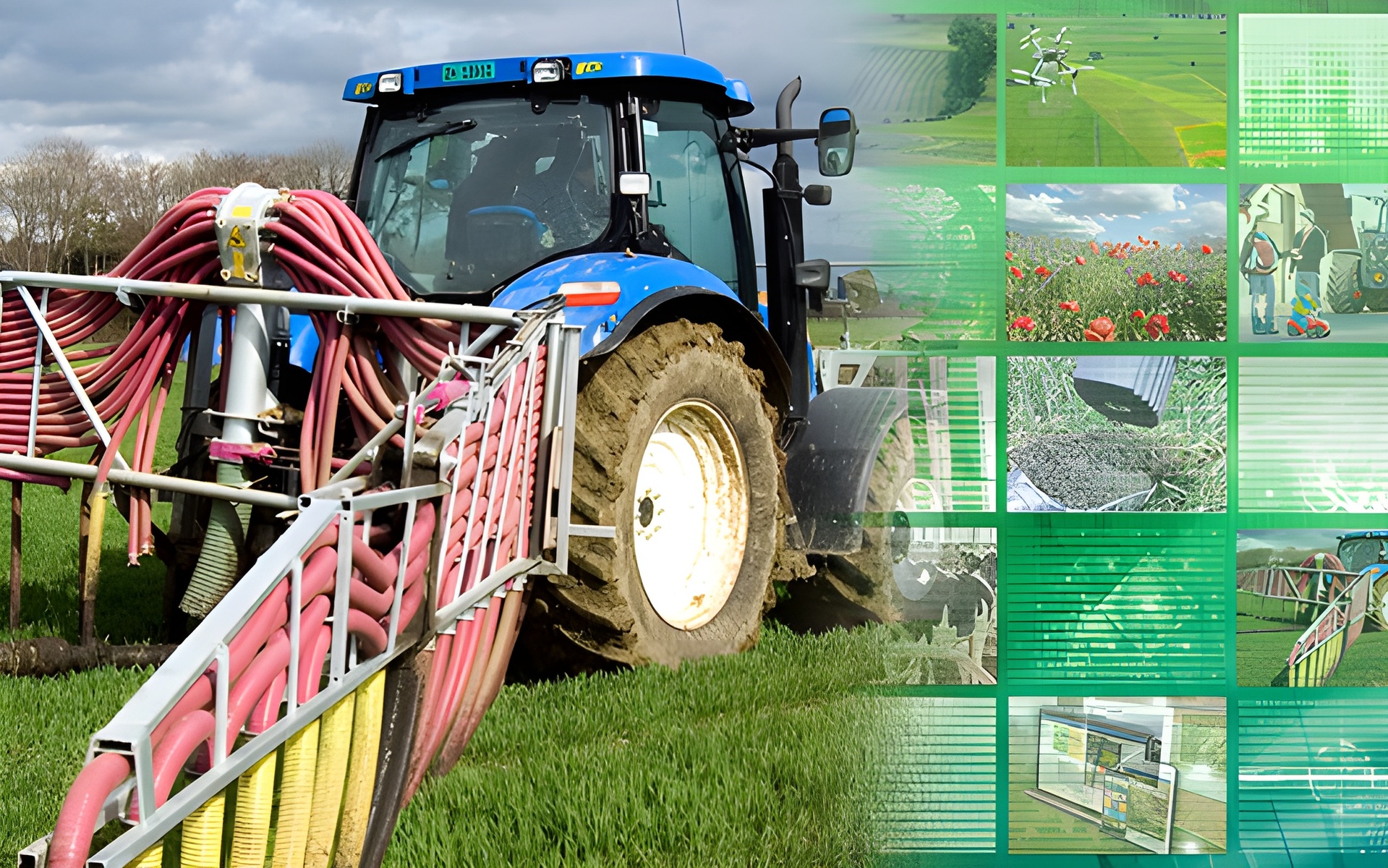
Nutrient management in organic and conventional agriculture
Organic farming is characterised by complex requirements in nutrient management, since both nutrient inputs and losses can only be estimated roughly. The percentages of readily available nutrients in organic fertilisers are variable and tend to be low, whilst biological nitrogen fixation by legumes is an additional nutrient source that is difficult to quantify. The replenishment and uptake of nutrients from organic sources do not always occur synchronously, which further hampers the assessment of nutrient dynamics in organic farming. We therefore conduct studies to improve nutrient use efficiency, particularly for nitrogen, and to quantify various nutrient sources for different cropping systems.
Organic and recycled fertilisers
Over 50% of the nutrient requirements of Swiss crop production can be covered by nutrient recirculation from organic and recycled fertilisers. Nitrogen in particular is lost during the transport of manure from animal housing to stores, during application on the field, and later through leaching and denitrification. Two key aims of our research are to improve nitrogen use efficiency and to synchronise nitrogen replenishment and crop demand for farmyard and recycled fertilisers. Our research can thus help reduce mineral fertiliser use and nitrogen-balance surpluses in Swiss agriculture.
Yield response to nutrient availability and site characteristics
Balanced, site-specific fertilisation can prevent both the undersupply of nutrients to crops and negative environmental impacts resulting from the accumulation of nutrients in the soil. Nutrient requirements for optimal productivity strongly depend on soil and climate conditions. In this project, we use multivariate modelling to relate the yield and quality parameters of arable crops to soil nutrient status, making use of additional soil and climate variables. Our aim is to derive critical soil nutrient values for optimal yield and quality for different soil extraction methods, soil properties and climate categories.
Site-specific fertilisation
In addition to fertiliser inputs, local soil characteristics as well as regional and seasonal climate and weather conditions play an important role in nutrient plant availability and the environmental impacts of nutrients, particularly of nitrogen and phosphorus. Remote sensing, environmental analytics and modelling methods can be used to determine the actual fertiliser requirement at plot level as a function of spatial and seasonal conditions. We develop approaches for method calibration as well as data integration and interpretation at plot, farm and regional level and test their applicability in agricultural practice.
Publications
Contacts
Further Information









